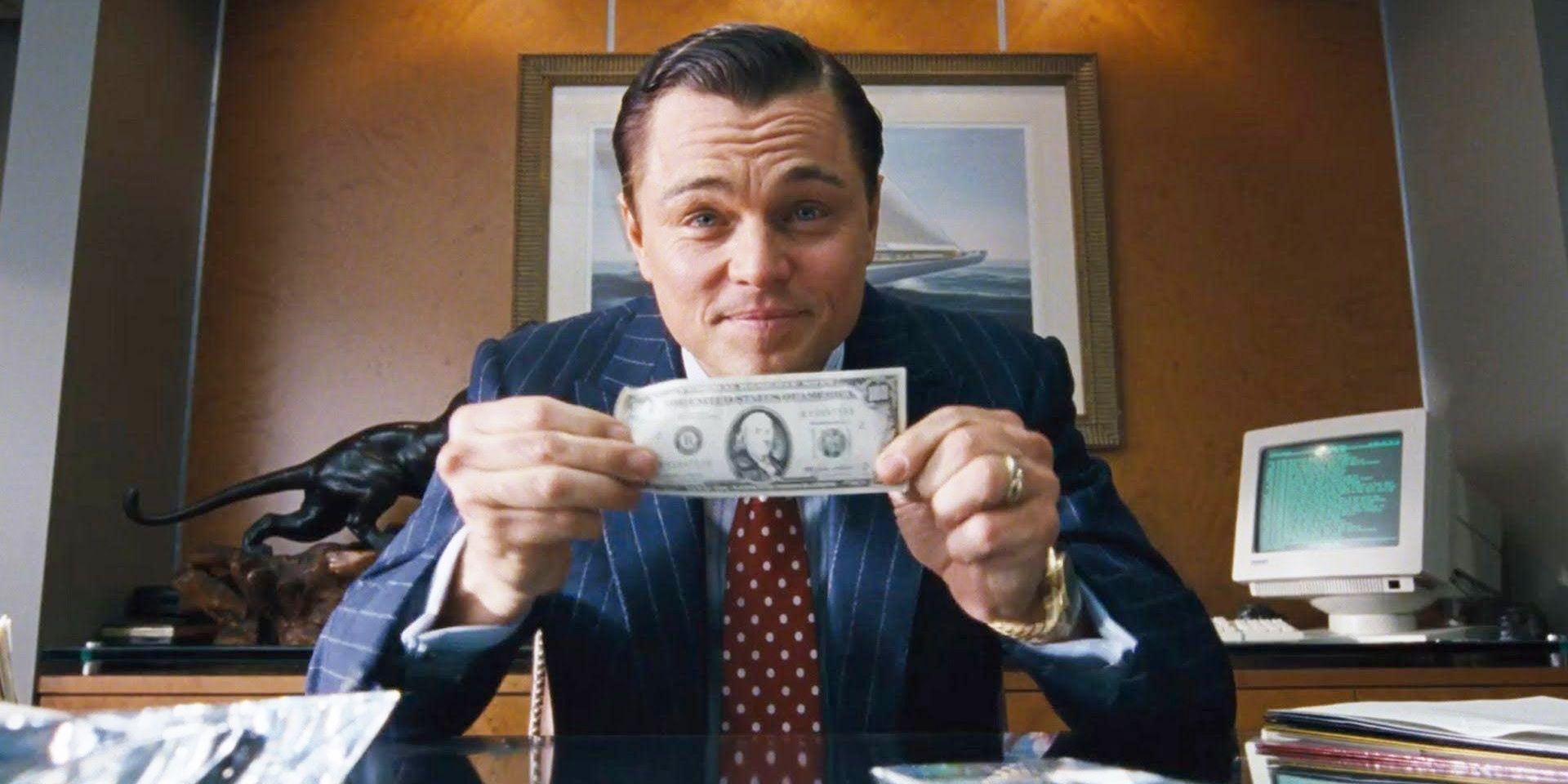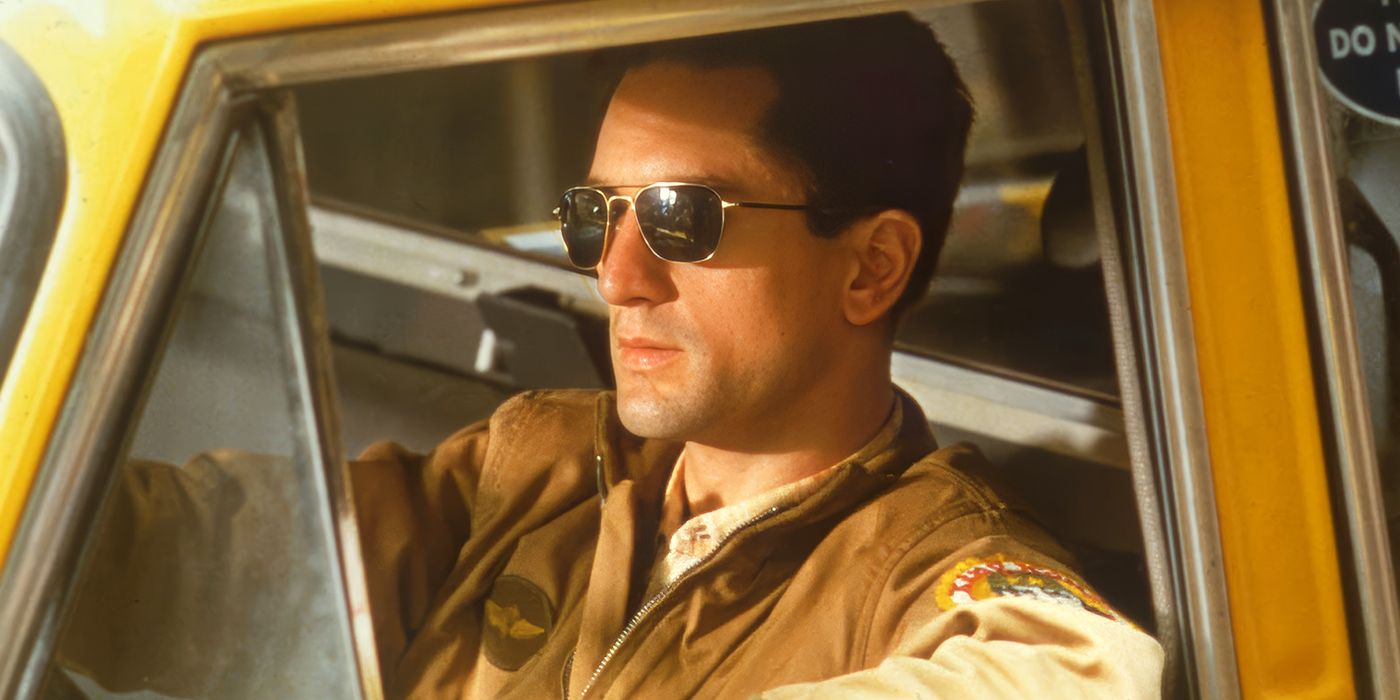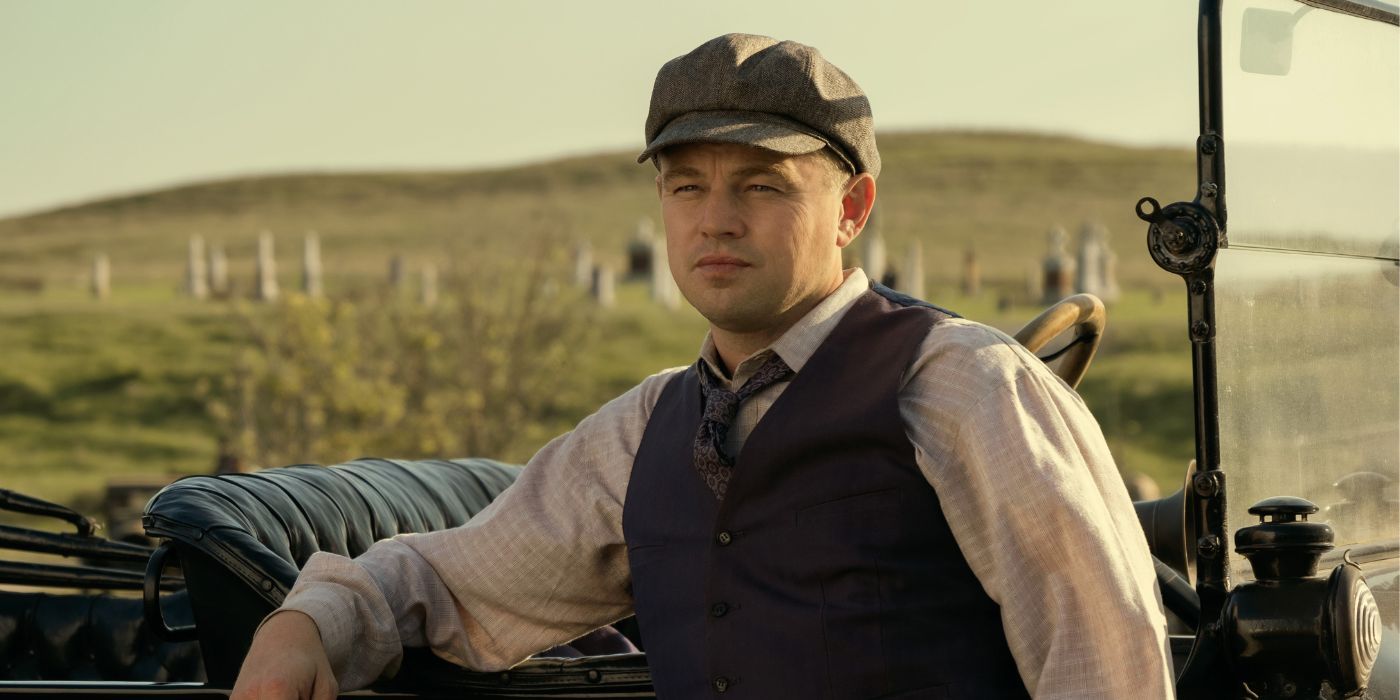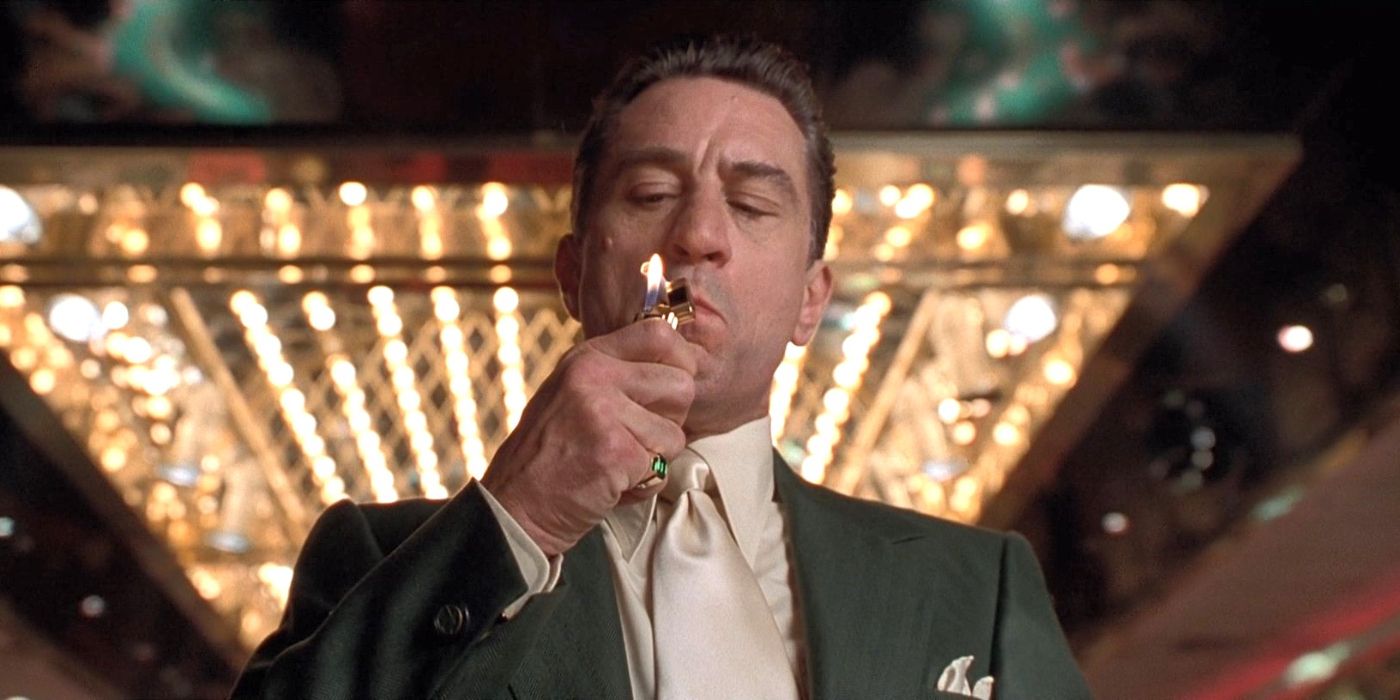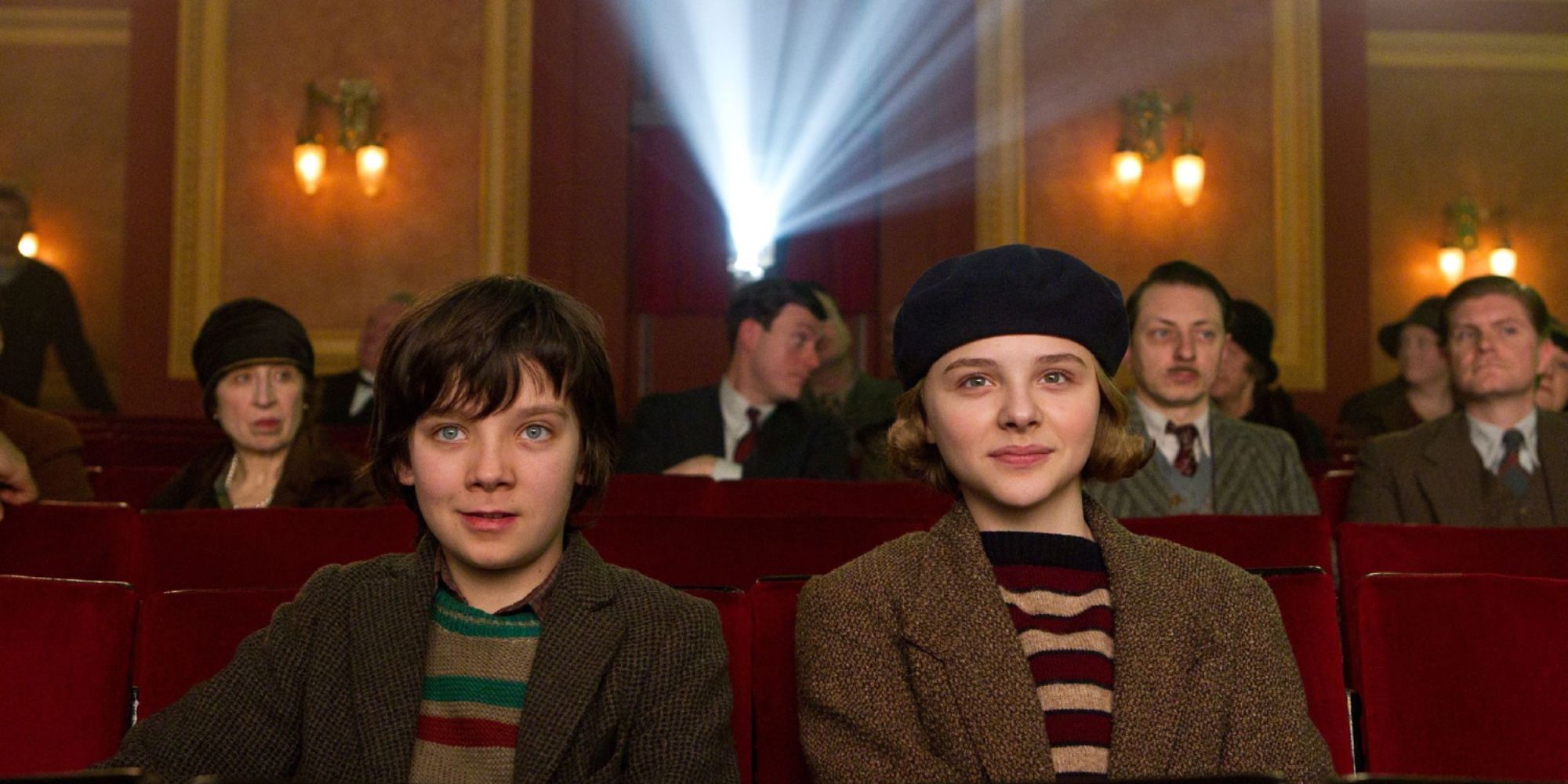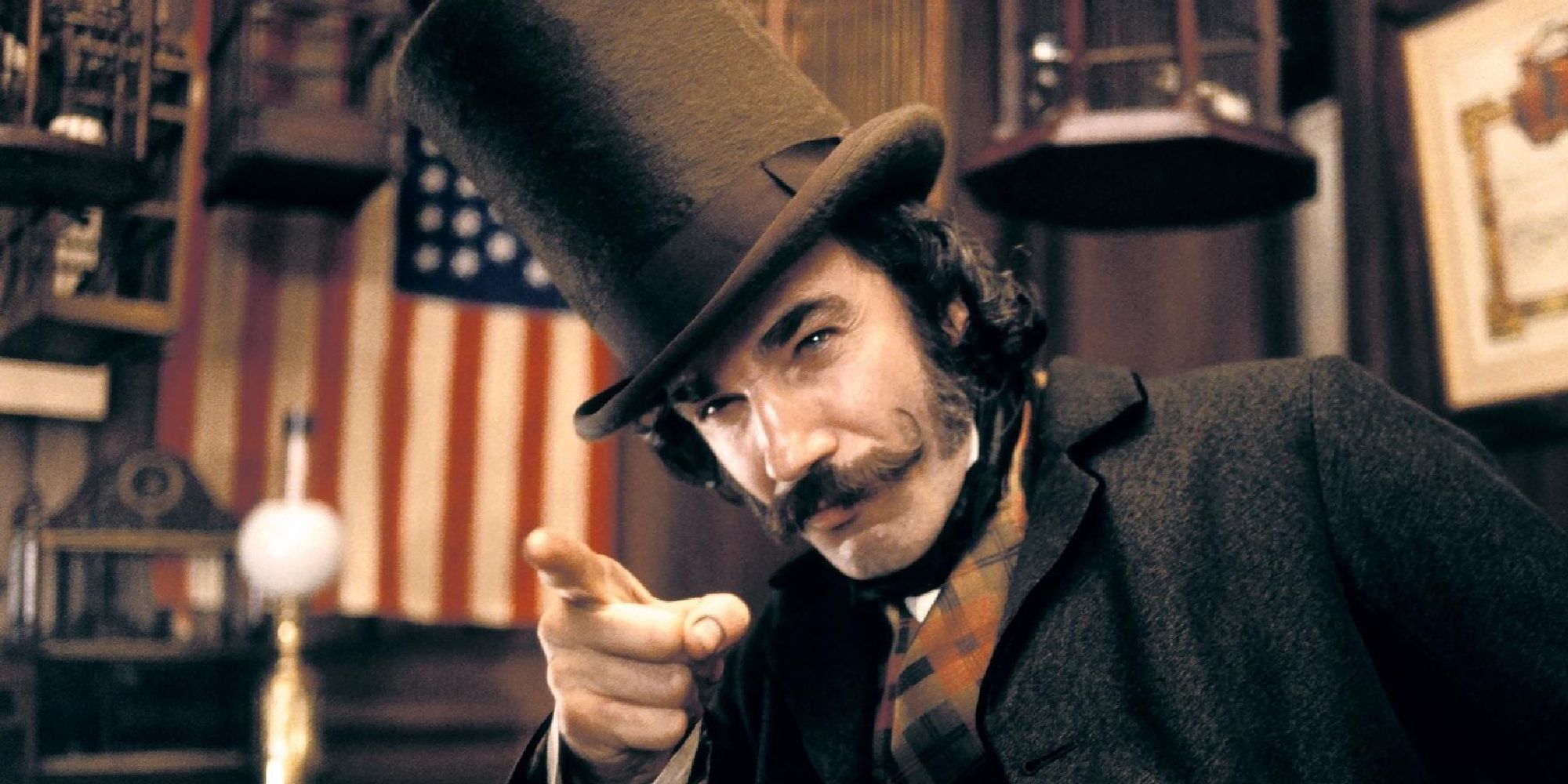Money isn’t everything, except when it is. It’s like, artistically, who cares about money? If a movie can exist and it’s good – or even great – that’s what matters most. And indeed, most Martin Scorsese movies exist and are good/great regardless of how they did financially. Some really didn’t, and even among the following titles, some made a large quantity of money but cost a larger quantity to make.
But the way the world is, money is a factor, even when it comes to art, and in the interest of money, here are Scorsese’s highest-grossing releases. Also, in the interest of interest (well, actually inflation, but puns > being technical about finance), these films’ grosses are adjusted for it, because his earliest films came out decades ago now, and the nature of inflation means adjustments have to be made to get a more objective ranking. These numbers are all sourced from, funnily enough, the Numbers, and the inflation calculator tool on Calculator.net was used to approximate all those pesky numerical adjustments.
10
‘Taxi Driver’ (1976)
Worldwide gross adjusted for inflation: $161,096,405
Standing as one of Scorsese’s most unsettling films, and also being up there among the darkest psychological thrillers of all time, it might well be surprising to see Taxi Driver crack the top 10 when it comes to Martin Scorsese’s highest-grossing works, and further alarming to realize Goodfellas didn’t. Sure, both are considered among his greatest films, but Goodfellas is a little more approachable (though not without its intense moments, sure).
Anyway, Taxi Driver benefits here from adjusting for inflation, since it came out almost 50 years ago, and a dollar was worth a lot more back then than it’s worth in 2025. Other than that, what else is there to say about Taxi Driver? It’s great, and troubling, and thought-provoking, and amazingly well-acted (one of many great Robert De Niro performances in a Scorsese picture).

9
‘Killers of the Flower Moon’ (2023)
Worldwide gross adjusted for inflation: $165,038,982
Though Killers of the Flower Moon was a top earner compared to other Martin Scorsese movies, it did cost more than it made, so maybe it was technically a box office failure. But it escaped being labeled an outright bomb because of its release, which is confusing. It’s not the purpose of this ranking to assess how successful or profitable Scorsese’s movies are, though, since that would be complicated and difficult, since those not smack-bang in the film industry can only work with what’s publicly available knowledge.
Killers of the Flower Moon was a hard sell, too, being an immensely heavy film with a hefty runtime that neared 3.5 hours in total. At least it got something of a theatrical run, since Scorsese’s previous film, The Irishman, barely played in theaters at all, instead being pretty damn close to a “straight to streaming” release.
8
‘Casino’ (1995)
Worldwide gross adjusted for inflation: $232,872,283
Given it’s set in Las Vegas, and what it’s called, Casino does indeed revolve around money, so it would honestly be pretty sad if it didn’t at least crack the top 10 highest-grossing Martin Scorsese movies. It depicts how the mob controlled Las Vegas for a while by running most of its lucrative casinos, and it’s pretty similar in style and feel to Goodfellas, complete with lots of voiceover, profanity, and graphic violence.
Goodfellas is brutal at times, but Casino is positively vicious. It’s a more mean-spirited and cynical movie, but audiences seemed to respond to it a little more for whatever reason.
Actually, “graphic violence” is something of an understatement. Goodfellas is brutal at times, but Casino is positively vicious. It’s a more mean-spirited and cynical movie, but audiences responded to it a little more, so go figure. It’s also longer than all of Scorsese’s other crime movies up until that point, which might somewhat dampen the previous suggestion that Killers of the Flower Moon’s runtime was a turn-off. Oh, well. The box office is a weird place.
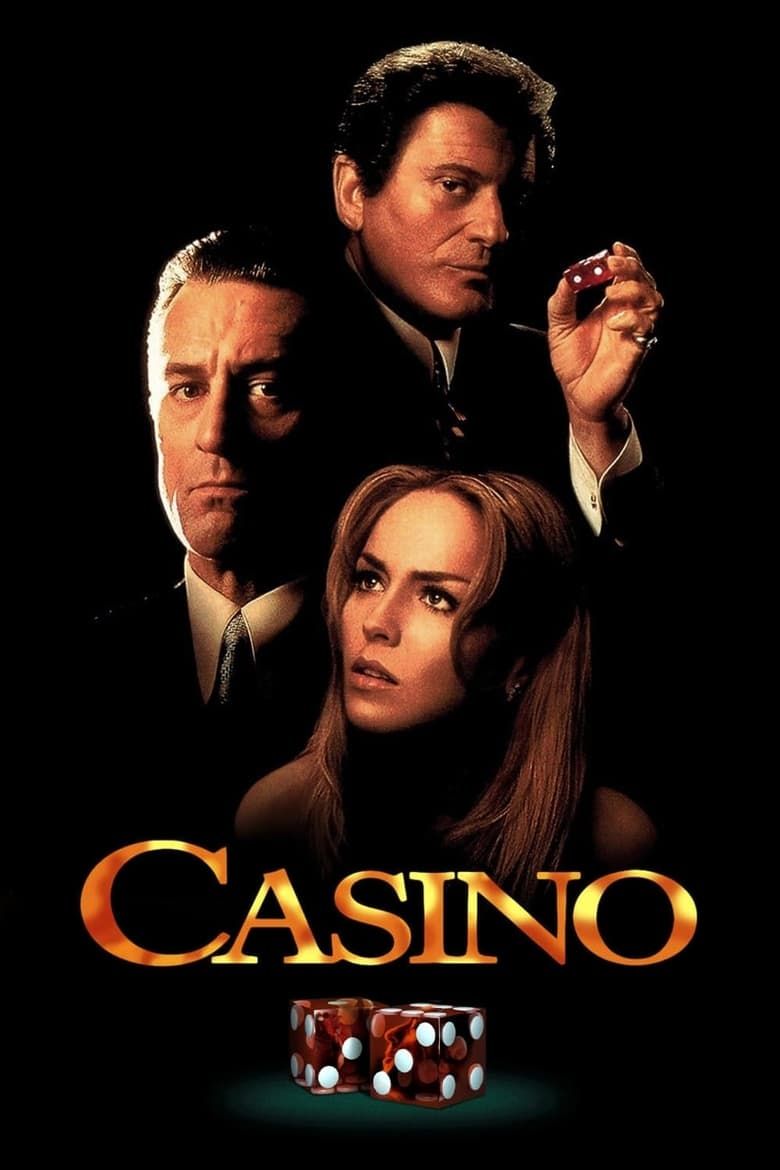
7
‘Hugo’ (2011)
Worldwide gross adjusted for inflation: $257,310,030
Once more, we’ve got a bit of a tough sell on our hands: Hugo was a family film, sort of, and ultimately functioned as a feature-length love letter to silent cinema. You could definitely feel the passion behind it, on Scorsese’s part, all the while potentially also understanding why it didn’t exactly become a smash hit. But wait, a quarter of a billion dollars (almost) in 2025 dollars. That must be alright? A hit of the slightly smashed variety?
Not when the budget was estimated at more than $150 million in 2011 dollars, which translates to approximately $215,000,000 when adjusted for inflation. It made marginally more at the box office than it cost, but still, it’s cool that Hugo does exist either way, and that Scorsese got to make the kind of film he cared about making. Not a commercial victory, but a critical and personal one, and some loaf of meat once sang about two out of three not being so bad, so there’s that.
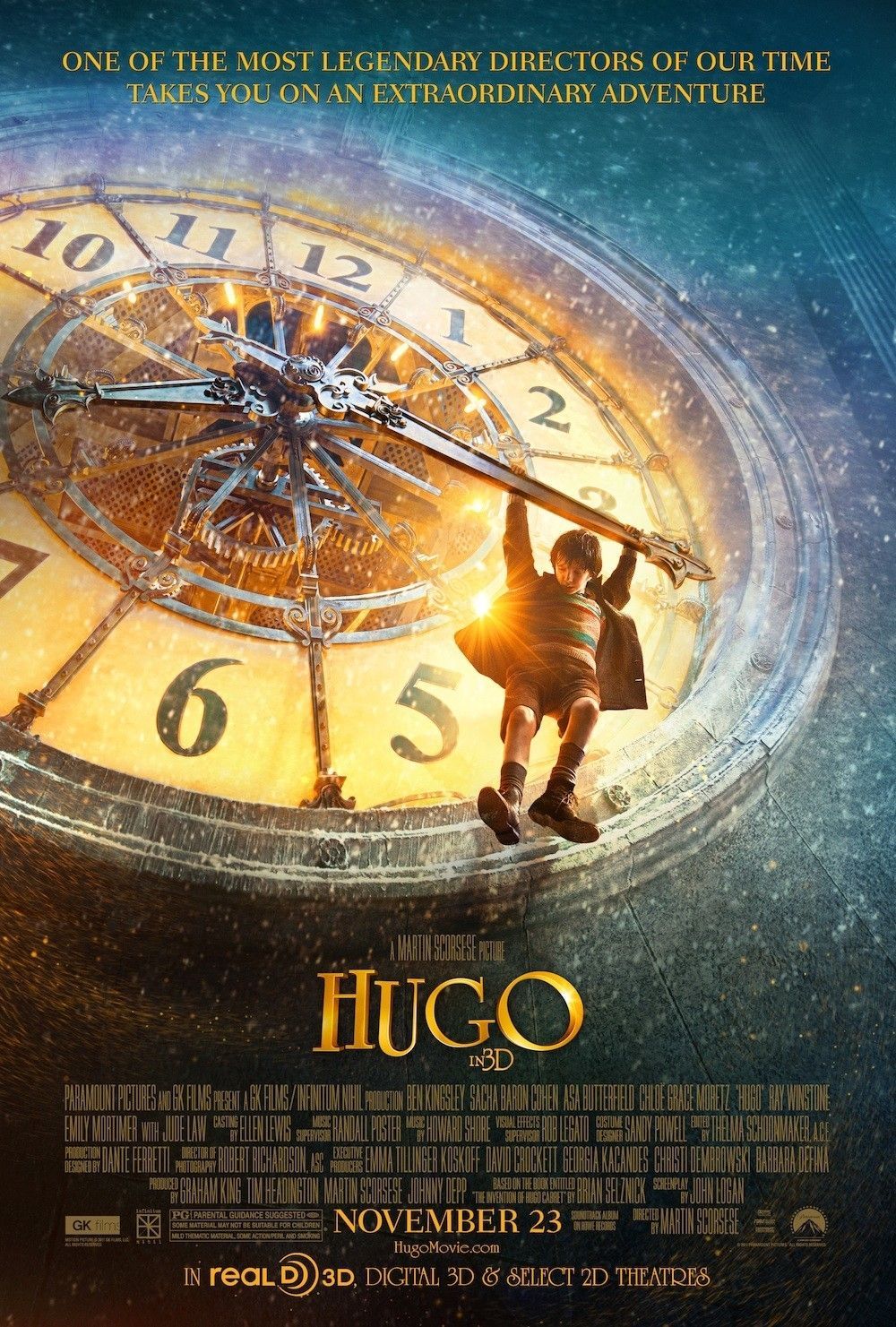
6
‘Gangs of New York’ (2002)
Worldwide gross adjusted for inflation: $327,227,105
While Hugo was a love letter to an old style of filmmaking, Gangs of New York was some kind of letter to the titular city; Martin Scorsese’s favorite… though “love letter” would be a weird way to describe such a gritty and violent film. Various criminals and shady individuals fight for power and influence in New York back in the 1860s, while Leonardo DiCaprio’s character is caught up in it all while also seeking revenge for the death of his father.
Sometimes, Gangs of New York gets viewed as a lesser Scorsese film, and though there are some flaws with it, the maximalism of it all is easy to get swept up in. It was an expensive movie, but you can either see or feel every dollar of its budget on screen, so it avoids that filmmaking sin of spending a lot of money on something that looks cheap (like, can anyone believe that Thor: Love and Thunder cost $250 million? Madness).
5
‘The Aviator’ (2004)
Worldwide gross adjusted for inflation: $354,600,046
A movie about lots of famous people that also happened to star many famous people playing those famous people, The Aviator is a massive biographical film that’s similar in scale to Gangs of New York. The central figure is Howard Hughes, so it’s his rather chaotic life as an engineer, businessman, and film producer that’s explored most thoroughly throughout.
On a narrative front, The Aviator isn’t as interesting or engaging as most other Scorsese films, but it’s worth watching for the quality of the performances and for how technically impressive so much of it is. It’s kind of exhausting, and not just because of the fairly lengthy runtime, but it’s worth checking out at least once and is, no doubt, a good deal more interesting than most (more run-of-the-mill) biographical films out there.
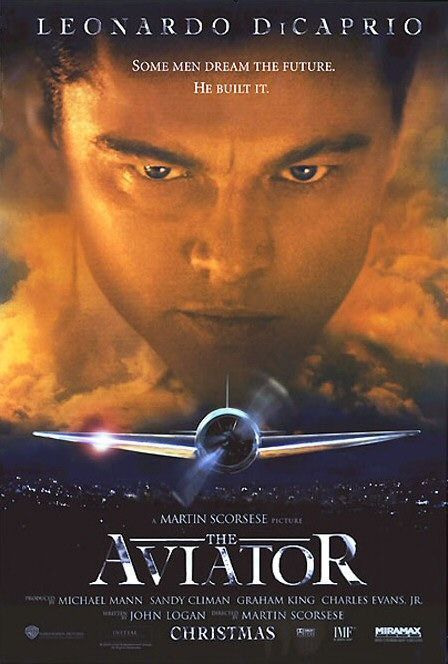
4
‘Cape Fear’ (1991)
Worldwide gross adjusted for inflation: $430,253,214
Martin Scorsese doesn’t shy away from remakes or helming new takes on stories that have already been adapted, as can be seen from the likes of Silence (2016), a soon-to-be-mentioned 2006 crime film, and 1991’s Cape Fear. The latter did well financially and deserved to, considering that, by the standards of thrillers made in the 1990s, it holds up pretty fantastically.
The thing that makes Cape Fear tick most of all is the central antagonist, Max Cady, with Robert De Niro chewing scenery like nobody’s business while still managing to be genuinely menacing. And sure, Scorsese’s steady direction and willingness to play around cinematically at key points does Cape Fear some serious wonders, too, making it overall equally worth checking out as the original film from 1962, which starred Gregory Peck and Robert Mitchum.
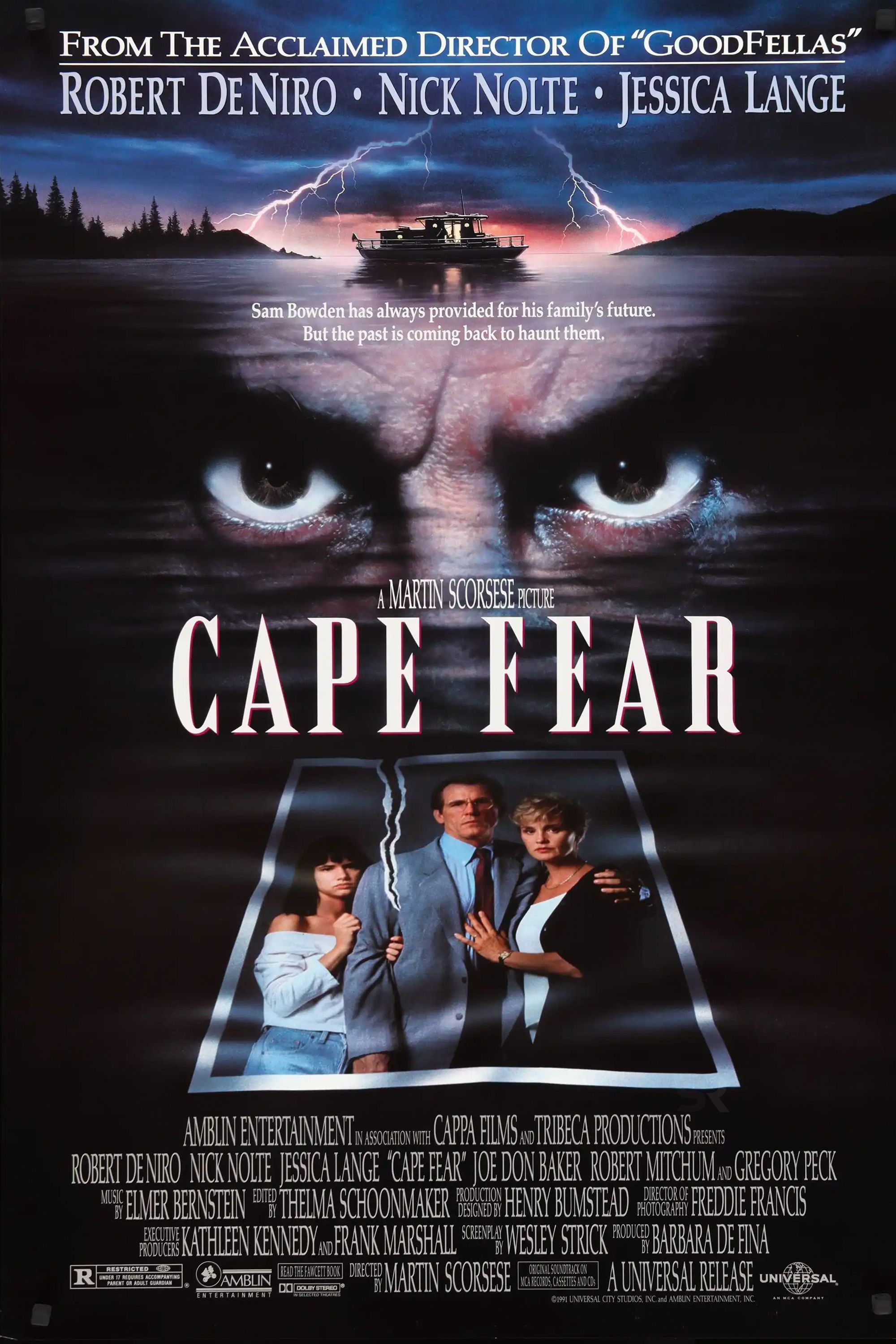
- Release Date
-
November 15, 1991
- Runtime
-
128 minutes
- Writers
-
John D. MacDonald, James R. Webb, Wesley Strick
3
‘Shutter Island’ (2010)
Worldwide gross adjusted for inflation: $441,475,959
Just as Cape Fear was an early 1990s thriller that earned a good deal of money at the box office, so too was Shutter Island – released in the early 2010s – a Scorsese-directed thriller that did pretty well financially. It’s a psychological thriller and a mystery movie that builds to an effectively surprising final act that’s best not discussed or even really hinted at too much.
Word-of-mouth about a good twist or an overall unpredictable movie, paired with good reviews and a bankable star like Leonardo DiCaprio… it probably all added up to help Shutter Island be quite successful. It’s one of those rare Scorsese films that probably did better financially than it did critically, though earning a 69% on Rotten Tomatoes and a 63 on Metacritic ain’t bad, even if such scores put it on the lower end of things for Scorsese critic-wise.
2
‘The Departed’ (2006)
Worldwide gross adjusted for inflation: $461,883,684
For a while, The Departed was the highest-grossing Martin Scorsese film, when adjusted for inflation, and for good reason. This was a critical hit and ended up doing incredibly well at the Oscars, too, being the only Martin Scorsese film to date to win Best Picture (and it also earned the filmmaker a long-awaited Oscar for Best Director).
The narrative here will be familiar to anyone who’s seen the also compelling Infernal Affairs, though there’s enough of a spin put on things to stop The Departed from feeling like an unnecessary remake. It’s a tense and largely entertaining film, and, like The Aviator, boasts an incredible cast that includes the likes of Leonardo DiCaprio, Matt Damon, (a very over-the-top) Jack Nicholson, Martin Sheen, and Mark Wahlberg.
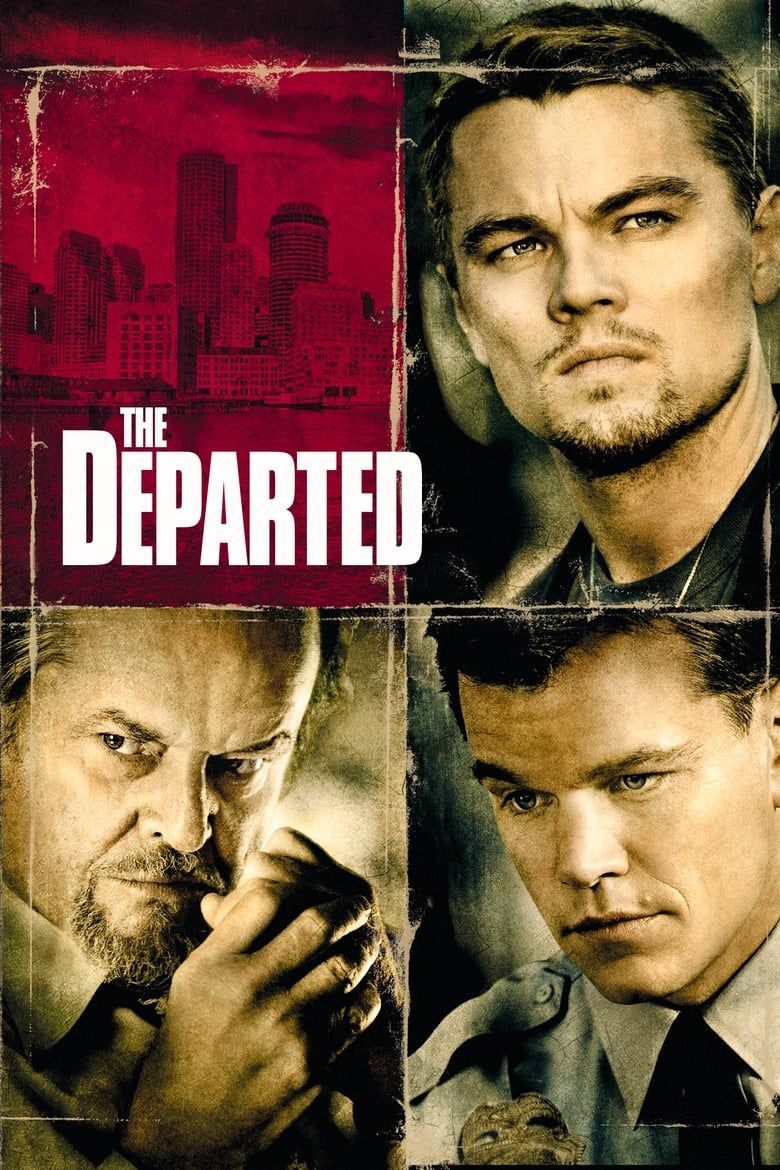
1
‘The Wolf of Wall Street’ (2013)
Worldwide gross adjusted for inflation: $537,920,063
The thirst for money and power had been explored in plenty of Scorsese crime films before The Wolf of Wall Street, but this 2013 movie still feels like it goes the extra mile in that regard. And of course it does, because the focus here is on white collar crime, exposing how it can be just as destructive as the sorts of more in-your-face violent crime previous films like Goodfellas and Casino had centered on.
It’s also a very funny and quotable movie, but gets intense at points, and it overall feels very cynical, too, by design. Jordan Belfort is not a good person, and The Wolf of Wall Street makes that apparent, but so too is he someone who’s interesting, and the film’s unafraid to make viewers confront the idea that some part of them might want to not only be like, but be him. Or not. It depends on the person and what one values. But it’s a ton of food for thought; some might even say too much, given how long the film is and how much excess it depicts, but mightn’t that be the point also? You might still be digesting that food for thought, but do you have room for seconds?
